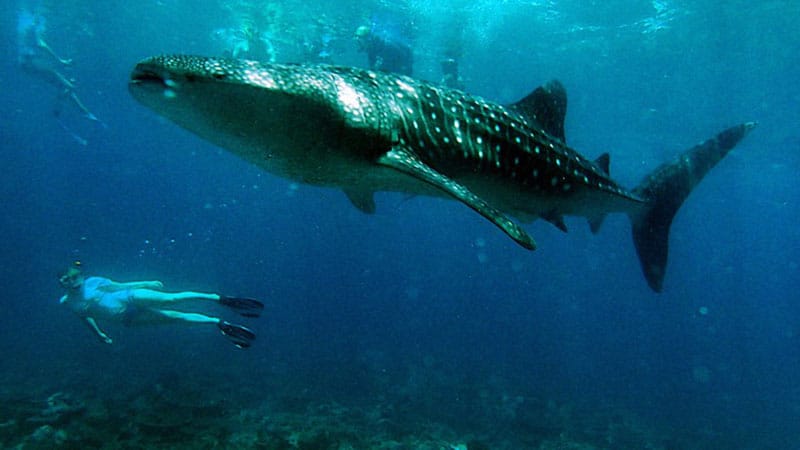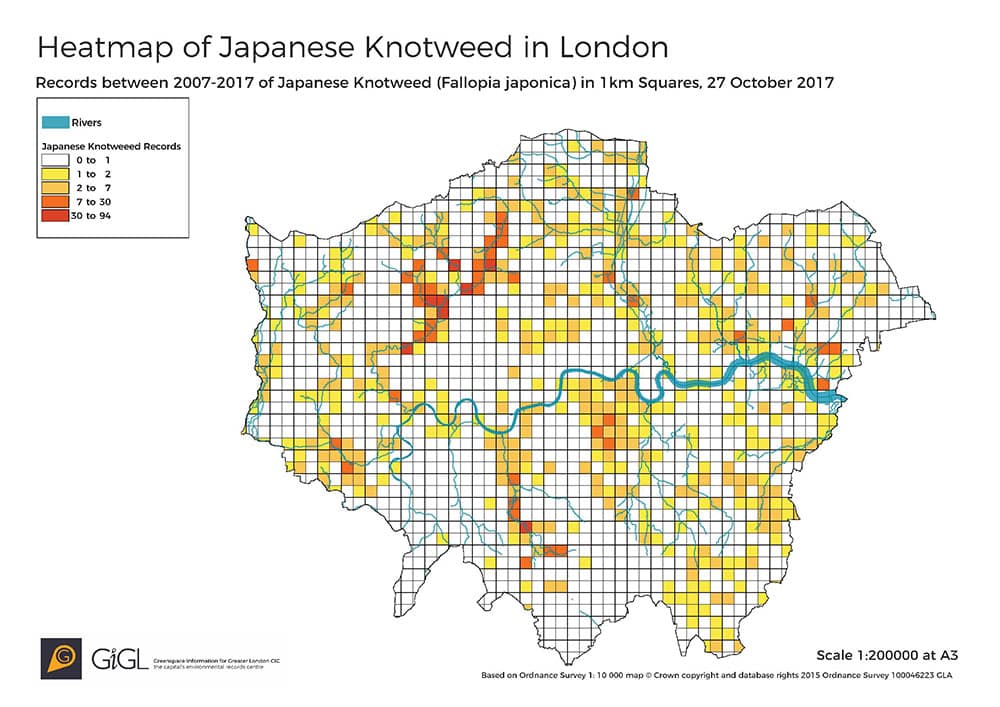Katharine Davies, GiGL Community Officer
Katharine is GiGL’s community officer. She delivers work for members of the public and community groups, as well as carrying out work with students that wish to use GiGL data for research projects. At times she focuses on internal database work and core projects.

Town or countryside?
Countryside.
Summer or winter?
Summer.
Early bird or night owl?
Early bird.
Outdoor or indoors?
Outdoors.
Plants or animals?
Both.
What species is closest to your heart and why?
That’s a tricky question. There are so many species I’m fascinated by. I love seahorses and think it’s great that there are increasing populations in the Thames. Fingers crossed, we start to see more seahorse records during my time at GiGL. Sticking with the aquatic theme, I also really like porpoises and was thrilled when I spotted one in the Thames on my walk into work the other week.
What is your favourite Greater London open space and why?
Battersea Park is one of my favourite open spaces. There is so much to do there. There are gardens and lakes which are beautiful all year round. There are activities like GoApe and miniature golf, as well as a children’s play area and small zoo. It even has hockey and tennis pitches. I enjoyed a food festival at Battersea Park whilst also watching the Wimbledon tennis doubles final on a large screen. When there’s so much going on you can always find something to do.
What past experience do you have of working in the natural environment? And what is the most valuable lesson you’ve learned so far?
I have always loved the outdoors and learning about different species and ecosystems. I studied biology at the University of Leeds and took every opportunity to build up a range of experience. During my undergraduate degree, I conducted research catching and tagging birds in Mallorca, studied the science of fear in aardvarks in South Africa and worked on acoustic bat surveys in Cheshire. I also took time out in the summers to study whale sharks and to go on a ZSL field course to Mongolia, where I learned many other conservation techniques, such as camera trapping and small mammal trapping.
After my undergraduate degree, I went to UCL and completed a Masters of Research degree in Biodiversity, Evolution and Conservation. The Masters course was jointly run with ZSL and the Natural History Museum and gave me valuable experience in different conservation institutions. As the course was a research masters I did two big research projects. The first was a data analysis project comparing natural and restored mangroves for biodiversity and ecosystem services. The second project took me to a remote forest in Madagascar for six weeks, studying seed dispersal by lemurs with the Natural History Museum and The Aspinall Foundation.
I’ve gained experience in different conservation environments and seen the challenges faced across the world. I’ve seen how problems can be overcome by local communities and hope this knowledge can be applied in London. Perhaps the most valuable lesson I’ve learned so far is that community engagement is crucial for successful long-term conservation activity.
What is your role at GiGL? What appealed to you about working for a LERC?
I started as the new Community Officer at GiGL in October. I work with GiGL’s Community Manager, Maria, to field questions from community groups, students and members of the public. I also work a lot with the citizen science projects. We have 15 webforms for members of the public to report nature observations across London; including the “RedFrog” survey with Camden Wildlife, the “Dragonfly Detectives” survey with the London Wildlife Trust, and our general wildlife reporting forms.
Working for a LERC really appealed to me because of the range of activities involved. I have really broad interests in nature which works well at GiGL, as we hold species data, open space data as well as habitat data. The breadth of data means that there are many different questions we can be involved in answering. No two days are the same and I’m constantly learning something new about London’s environment.
What is your most enjoyable GiGL task so far and why?
I’ve been involved in such a wide range of things, it’s difficult to choose. I’ve enjoyed finding answers to a number of questions: When were the last black rat records in London? Where are all the City Farms? Where have hedgehogs been recorded across London this year?

Has working for GiGL changed your perception of the challenges facing biodiversity in London, or of the opportunities to overcome those challenges?
Since working at GiGL I have learned of many projects to protect and improve biodiversity across London, of which I was previously unaware. Every time I read a GiGLer article, I learn something new. One example is the Living Wandle project which involved a large number of partners and volunteers to restore the river, increase the biodiversity and conduct scientific research. I think projects like this with large elements of public engagement are important for helping us to overcome the challenges that face biodiversity in London.
London has a lot to offer someone looking to learn more about wildlife and open spaces. What one thing would you advise people to explore?
Visit Wathamstow Wetlands. It’s great that we have had such a large open space open up in the city this autumn. It’s home to so much wildlife so be on the look out and submit your records to GiGL. It’s definitely a must-see. After all, it is Europe’s biggest urban wetland.
